All about raspberry roots
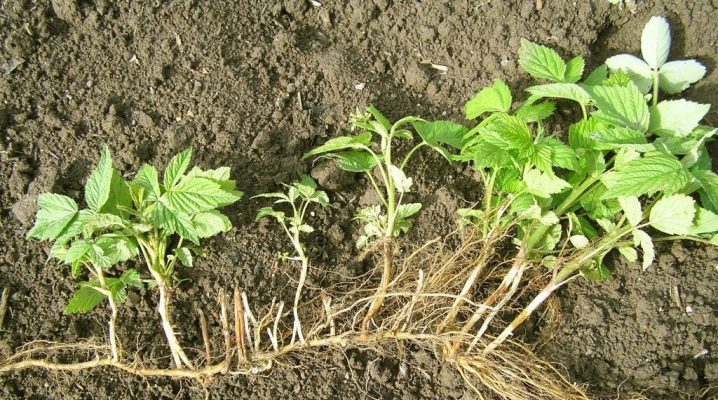
Almost every gardener and gardener is well aware of what problems can be encountered due to the presence of a raspberry on the plot. To understand the reasons for such phenomena, it is worth learning everything about the roots of this culture. It is no secret that most varieties of raspberries are already in the first year of life capable of sprouting into neighboring beds. At the same time, the shrub actively fills everything around, if effective measures are not taken in a timely manner.

Structural features
Despite the superficial occurrence of the root system, the roots of this type of garden plant themselves can stretch up to 2 meters, and in the situation with remontant varieties, their length reaches 4 meters.
The reason for the active growth of common raspberries in all directions is the formation of a large number of root shoots.
There are other features that distinguish raspberry roots.
-
About 97% of the system consists of roots, the diameter of which does not exceed 2 mm.
-
In the places where the shoots are formed, the size of the roots increases significantly.
-
Shoots grow from underground buds.
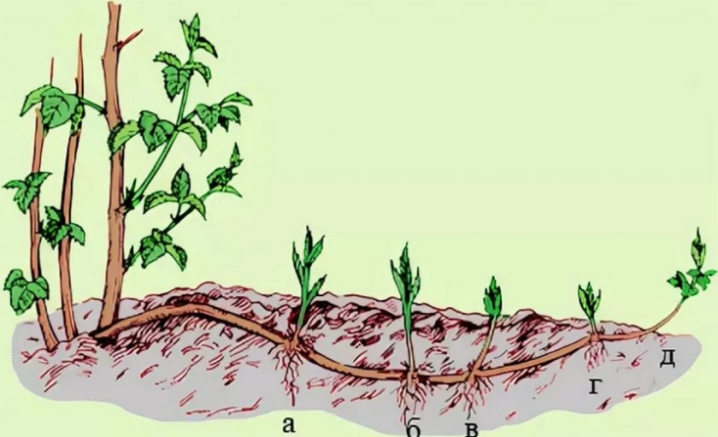
How deep do they grow?
It should be noted that taproots are a distinctive feature of exclusively mother raspberry bushes. In situations with daughter plants, this element is formed from adventitious roots. At the same time, the depth of occurrence and growth is determined by key factors.
-
Characteristics of the variety.
-
Plant conditions, in particular, planting density.
-
Features of care (watering, feeding, pruning, garter).
-
Soil composition and quality.
As the practice of gardening shows, the greatest thickening of the shoots of the root system is most often located at a depth of 10 to 20 cm, that is, in the so-called arable horizon. How deep the roots will grow depends on the soil. So, sandy soil is favorable for raspberries. And in this case, the indicator under consideration is determined by such features of sandstones as:
-
poor moisture retention;
-
washing out nutrients into deeper layers;
-
loose structure;
-
excessive heating in the summer of the upper layers.
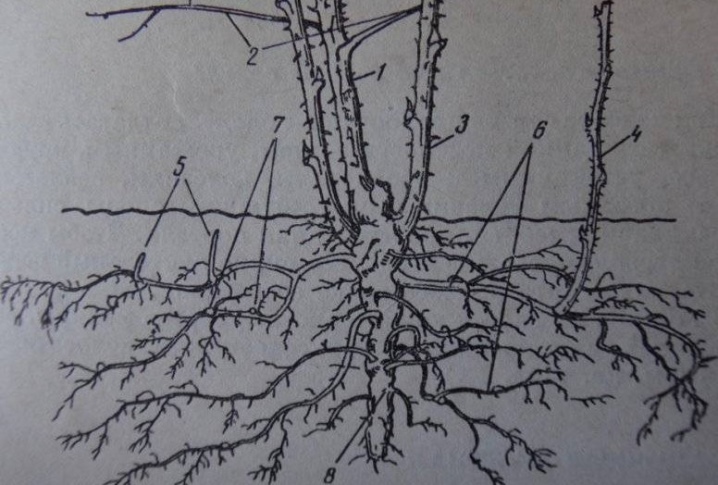
As a result, the roots, in search of moisture and nutrition, without encountering noticeable resistance on their way, easily deepen to 1.5-2 meters.
If the raspberry plant is planted on clay soil, then the following important points should be considered:
-
the density of the soil structure;
-
difficult passage of moisture, which, as a result, often stagnates closer to the surface;
-
even distribution of nutrients;
-
weak warming up in spring.
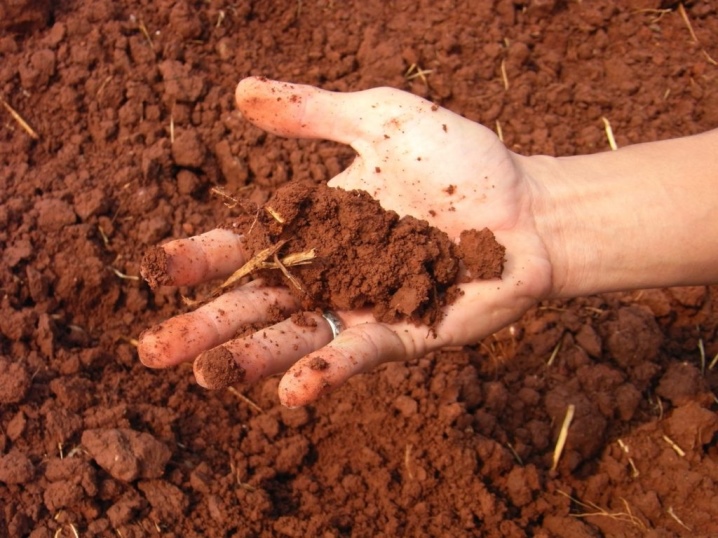
Predictably in such conditions, the roots will be concentrated at a depth in the range of 15 to 60 cm.
What to do to keep raspberries from growing?
As practice shows, without restrictions, the raspberry tree is quite capable of growing quite quickly in the country or in the garden within the entire plot. The existing and used by gardeners measures aimed at ensuring that the bushes do not creep in all directions can be divided into several groups.
-
Mechanical, in the list of which uprooting, installation of barriers, including from scrap materials, as well as regular sanitary pruning.
-
Chemical, that is, the use of fertilizers, the action of which is aimed at strengthening the aboveground part of plants, and not their root system.
-
Agrotechnical, allowing to limit the growth of raspberries by planting the necessary neighbors.
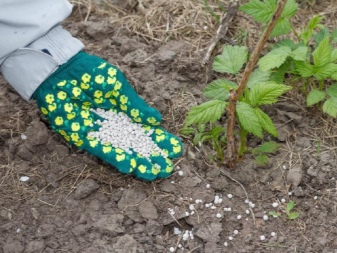
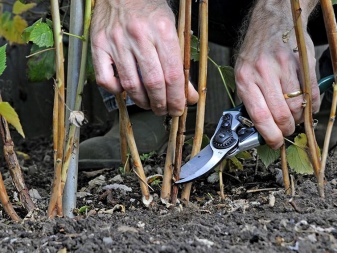
Correct and timely pruning of shoots provides not only increased yields and protection from diseases. To prevent planting from taking over everything around, it is recommended to perform certain actions in the spring or late autumn.
-
Remove all overgrowth.
-
Cut off old stems on mother bushes.
-
Shorten young growth.
-
Eliminate dry stepchildren.
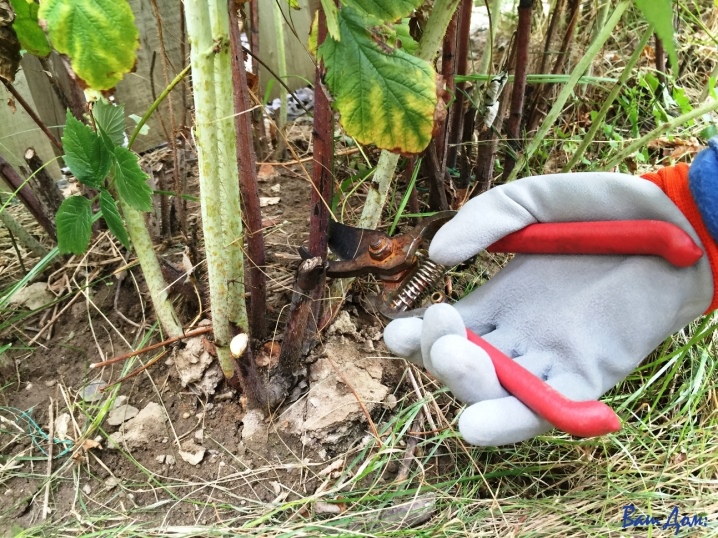
It is worth considering that in situations with neglected raspberries, pruning may well become a provoking factor for the active formation of shoots. The only way out in this case would be total uprooting.
The easiest way to physically restrict overgrowth is to enclose the raspberry tree so that the roots do not have the opportunity to develop in all directions. An alternative would be to block each hive separately. It is important to monitor the integrity of the fence, regardless of what materials and schemes will be used. An equally significant factor will be the depth of immersion in the ground of such fences. The functions of the latter are most often performed by several materials.
-
Slate. The sheets are placed with an overlap of 15 cm, which ensures the tightness of the joints.
-
Metal sheets installed according to the principle similar to the previous version. The main disadvantage in this case is the material's susceptibility to corrosion.
-
Dense polyethylene capable of preventing raspberry overgrowth for 3-5 years.

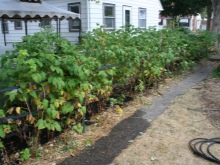
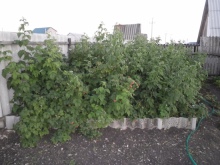
Practice has proven that the best option for a film barrier is a hydro-barrier used when performing roofing work. This material has fabric reinforcement and is sold in rolls of 50 meters, which allows it to be laid around the perimeter of fairly large areas.
Nitrogen fertilization of plants helps to redirect its energy to the development of foliage and shoots. In parallel, the growth of the root system is suspended, which is the main goal. Appropriate fertilization should be applied during the periods from April to May and from September to October. These are the most active stages of root growth. Several well-known remedies will help ensure a sufficient concentration of nitrogen in the soil.
-
Urea, which is a highly effective fertilizer. On one "square" of raspberries, add from 2 to 4 liters of a solution prepared at the rate of 50 g of carbamide per 10 liters of water.
-
Ammonium sulfate, is an effective element of complex dressings.
-
Ammonium nitrate containing up to 35% nitrogen. It can be applied as an independent fertilizer or in combination with other substances. The norm is 10-30 g of top dressing per "square". The main thing is that the soil is dry, as this saltpeter is quickly washed out.
-
Calcium nitrate. It is important to thoroughly crush the lumps before applying, which will improve the absorption of the top dressing. Its average consumption is from 30 to 50 grams per square meter.
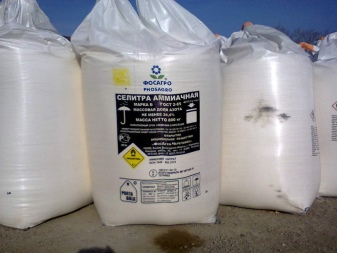
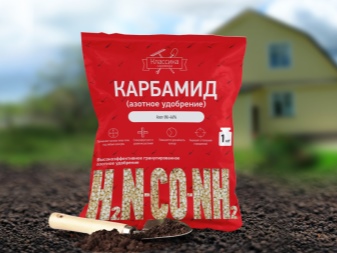
It is important to remember that fertilizing with nitrogen in the summer can have an extremely negative effect on fruiting.
Another popular and effective way to contain raspberries is to plant them around the perimeter of their competitors. Their root system saturates the soil with waste products, which, in turn, prevent raspberry roots from developing. In this case, we are talking about some plants.
-
Sorrel, releasing tannins into the ground, creating unfavorable conditions for the object of containment. It is important that the bed is at least 0.5 m wide when planting greenery in 3 rows.
-
Metlitsa - a weed with a branched and dense root system. In parallel, it is able to give the restrained berry an aesthetic appearance.
-
Garlic, which must be planted around the raspberry tree in 2-3 continuous rows.


When choosing a specific method, it is necessary to take into account such factors as the characteristics of the soil on the site, as well as its size. For example, for heavy soils, mechanical restraint methods will be more suitable. When it comes to light soil, then agrotechnical and chemical procedures are worth considering.An equally important factor will be the resources that the gardener has at his disposal. Not everyone has the opportunity to devote enough time to certain events.
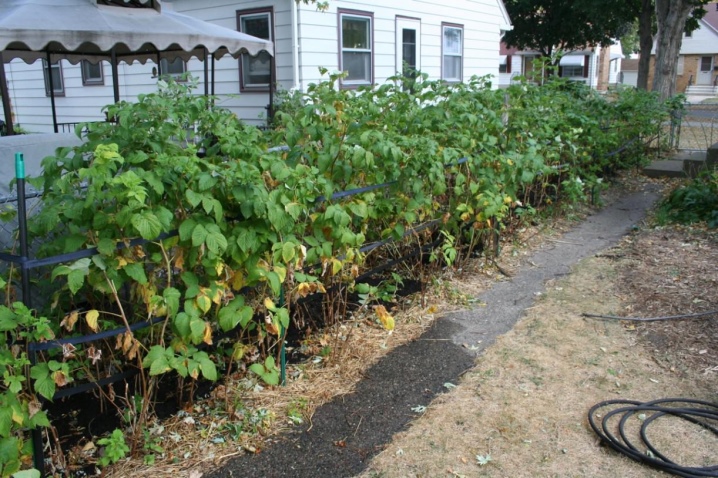
Which varieties do not give root growth?
Initially, it is important to note that the reproduction of such species of the described plants becomes more complicated due to the peculiarities of the root system. At the same time, remontant varieties have important advantages.
-
Unpretentiousness to growing conditions.
-
Increased resistance to various natural anomalies.

As a result of the work of breeders, raspberry varieties are constantly appearing, which, among other things, due to the unique properties of the roots, grow well in cold climates. As an example, there are several varieties that do not give root growth.
-
"Cap of Monomakh" - a variety of raspberries, the main distinguishing feature of which is the original structure of the bush itself. Outwardly similar to a small tree, it grows up to 1.5 m in height and at the same time has 3-4 shoots with branches. Dense and rather large berries (up to 10 g) are appreciated at their true worth by gardeners of the Moscow region and central regions of Russia.
-
"Autumn beauty" - a popular remontant variety of raspberries among gardeners. Fruits weighing up to 4 g are distinguished by good taste and are easily separated from the stalk. Up to 7 kg of ripe berries are harvested from one bush. In the conditions of the Moscow region, the peak of the second fruiting occurs in mid-September.
-
"Golden Domes" and "Hercules" - unpretentious species, which are the best solution for the central regions. About 80-90% of the crop is harvested until early October.
-
"Diamond" - a variety characterized by abundant fruiting (up to 3 kg of harvest is harvested from the bush). The berries are conical in shape, have a bright ruby color and a sweet taste with a slight sourness. Fruit weight reaches 7 g.
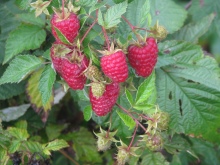
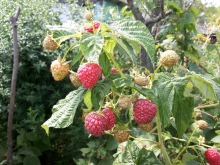
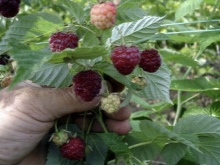
Summing up, it is worth noting that all currently existing hybrid varieties are characterized by high yields. They feel comfortable both in extreme weather conditions and in regions with a mild climate and late frosts.
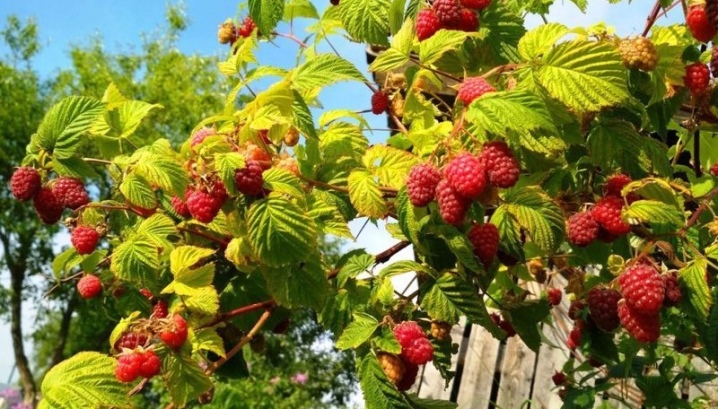












The comment was sent successfully.